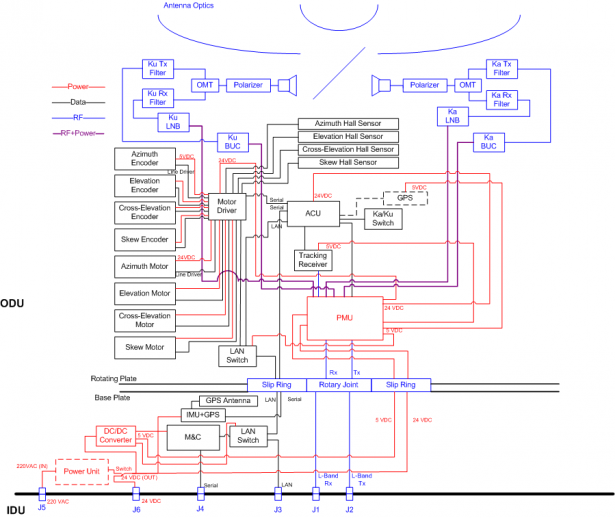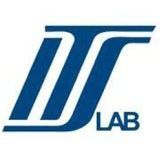
-
StatusOngoing
-
Status date2015-06-18
The final objective of whole JANUS Program is to design, develop and test a Bi-Band (Ka- and Ku-band) Maritime Antenna System (JANUS) tailored for a cost-effective provision of broad-band satellite communications services to medium commercial vessels (so-called “ships” typically in the range of 20-40 metres), even though it is feasible and desirable to offer JANUS also to the market of larger ships.
The main challenge for the project is to identify solutions able to provide an Antenna System with dual band capabilities meeting the expected electrical performances (high antenna efficiency, low RF losses) and mechanical performances and constraints (simple frequency band switching method, efficient polarization switching method, low weight, robustness) trying to keep, at the same time, production costs reasonable.
The main expected benefits are:
1) The identification of a suitable solution for a maritime terminal capable of operating in both Ku and Ka frequency bands identifying materials, design strategy, and manufacturing process able to improve the state of the art of the present commercial satellite systems;
2) The demonstration, by means of full capabilities prototypes delivered and tested, of the feasibility and manufacturability of the product with the desired functionalities.
JANUS is mainly composed by the following elements:
- an ad-hoc developed Dual Ku-Ka Band Reflectors Optic;
- two separated RF chains, one at Ku-band and one at Ka-band. It is worth remarking that these two elements shall be optimised taking into account a very stringent set of performance and accommodation constraints;
- a new Antenna Control Unit (ACU) specifically tailored for the maritime applications in terms of hardware and firmware.
- a GPS receiver;
- an Inertial Measurement Unit (IMU);
- a Dual Ku-Ka Band Radome able to minimise signal attenuation.
The system architecture is depicted in the following picture.

Product Key Features are:
- Low-medium profile, High gain
- Dual-band (Ku-Ka) capability
- Innovative dual band radome
- Capability to remotely switch between Ku and Ka
- Remote polarization control
- 2 axis stabilized system fixed Ku/Ka feeding sections by using Beam Wave Guide technique
- Fully Automated Acquisition and Tracking
- Loss Free scanning for minimum RF path losses and maximum antenna efficiency
- Ku-band linear polarization throughout elevation scanning
- Dual orthogonal Ka-band circular polarizations
JANUS Program is subdivided in two cascaded phases (Phase 1 and Phase 2).
Phase 1- Preparatory Program: The aim of this phase is to define a well set of needs and a baseline design for the antenna system.
Phase 2- Development Program: Starting from the results consolidated at the end of Phase 1, the aim of the Phase 2 is to design, develop and test the JANUS product. The main outcome of Phase 2 will be three prototypes having a Technology Readiness Level (TRL) equal to 5. These prototypes will be ready at the end of Phase 2 for a subsequent validation campaign in a relevant operational environment and for the industrialisation of the product.
Phase 1 and all pertaining tasks have been fulfilled.
The preparatory work has been completed and the key specifications required for starting the prototyping have been consolidated.
Phase 2 tasks are currently ongoing.
Design activities have been completed with successful closure of PDR and CDR milestones.
Accomplished activities include:
- Breadboarding of critical components in order to minimize risks during development phase
- Consolidation of all subsystems electrical and mechanical design (Antenna, RF chain, Tracking & Stabilization, Positioning) and overall terminal design
- Selection of Commercial Off-The-Shelf components
- Torque budget analyses
- Structural Design Consolidation
- Assembly, Integration and Testing activities definition
At present Procurement and Manufacturing process is ongoing and integration of available subsystems is being conducted.
Final delivery expected by end of the year.



